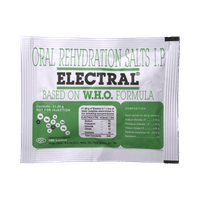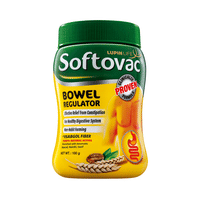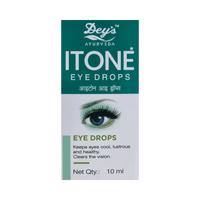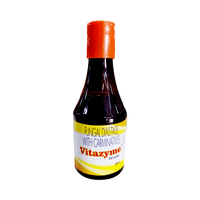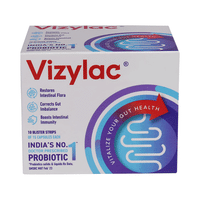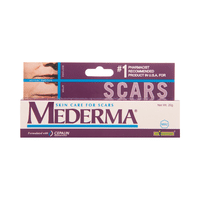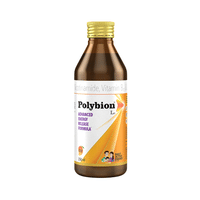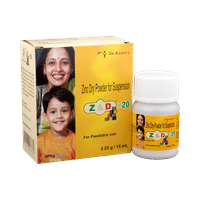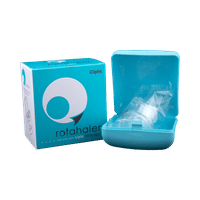Rs.101for 1 bottle(s) (100 ml Solution each)
Available in other variants
food interaction for Wokadine Solution
alcohol interaction for Wokadine Solution
pregnancy interaction for Wokadine Solution
lactation interaction for Wokadine Solution
medicine interaction for Wokadine Solution
food
alcohol
pregnancy
lactation
medicine
No interaction found/established
No interaction found/established
The safety of Wokadine 10% Solution during pregnancy has not been established. There are no adequate and well-controlled studies in pregnant women, and animal data on reproductive toxicity are insufficient. Your doctor will weigh the benefits and any potential risks before prescribing.
CONSULT YOUR DOCTOR
Wokadine 10% Solution may be unsafe to use during breastfeeding. Limited human data suggests that the drug may pass into the breastmilk and harm the baby. It should be used only if the expected benefit outweighs the potential risk. Please consult your doctor.
CONSULT YOUR DOCTOR
No interaction found/established
SALT INFORMATION FOR Wokadine 10% w/v Solution
Povidone Iodine(10% w/v)
Wokadine solution uses
{med_name} is used to prevent wound infection.
How wokadine solution works
Wokadine 10% Solution is an antiseptic applied on skin, which is infected or is likely to get infected. It works by slowly releasing iodine, which kills or prevents the growth of infectious microorganisms.
Common side effects of wokadine solution
No common side effects seen
SUBSTITUTES FOR Wokadine Solution
31 Substitutes
31 Substitutes
Sorted By
 Rs. 102.90save 4% more per ml of Solution
Rs. 102.90save 4% more per ml of Solution Rs. 514.50save 4% more per ml of Solution
Rs. 514.50save 4% more per ml of Solution Rs. 488.25save 8% more per ml of Solution
Rs. 488.25save 8% more per ml of Solution Rs. 95.24save 6% more per ml of Solution
Rs. 95.24save 6% more per ml of Solution Rs. 100.78save 29% more per ml of Solution
Rs. 100.78save 29% more per ml of Solution
Expert advice FOR Wokadine Solution
- Povidone Iodine can be used on minor cuts, small burns, abrasions and ulcers as advised.
- Avoid using on very large or deep wounds or severe burns without medical supervision.
- Do not use for longer than recommended.
- Avoid contact with eyes and mouth.
- Stop and seek help if you develop rash, swelling, breathing problems or signs of thyroid issues (weight change, sweating, lack of energy).
Frequently asked questions FOR Wokadine 10% w/v Solution
Povidone Iodine
Q. Can I put Wokadine 10% Solution on an open wound?
Wokadine 10% Solution can be used as an antiseptic to treat or prevent infections in wounds such as ulcers, small burns or cuts, and other minor injuries. However, take special care if you are applying Wokadine 10% Solution on open large wounds or where the skin is broken like burns. The reason being there may be a risk of excessive absorption of iodine in the blood which may increase to toxic levels.
Q. Will Wokadine 10% Solution solution stain my skin or clothes?
Wokadine 10% Solution has a natural golden brown color which stains the area where you have applied it. It does not however, permanently stain your skin and fingernails. The stain can be easily removed from your clothes with soap and water.
Q. Where can Wokadine 10% Solution be used?
Wokadine 10% Solution is used in the treatment and prevention of infection in wounds including cuts, small areas of burn, ulcers and minor injuries. Do not use this medicine on deep wounds and clean surgical wounds.













